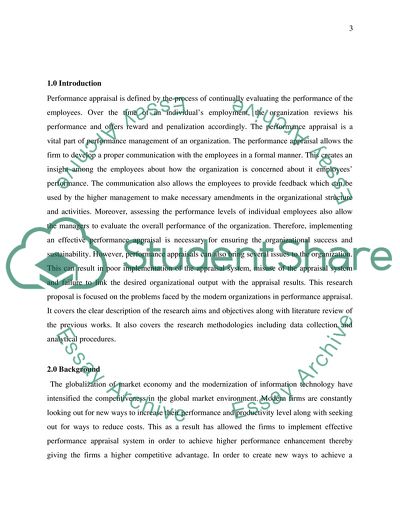Cite this document
(International human resource management Assignment - 2, n.d.)
International human resource management Assignment - 2. https://studentshare.org/human-resources/1857453-international-human-resource-management
International human resource management Assignment - 2. https://studentshare.org/human-resources/1857453-international-human-resource-management
(International Human Resource Management Assignment - 2)
International Human Resource Management Assignment - 2. https://studentshare.org/human-resources/1857453-international-human-resource-management.
International Human Resource Management Assignment - 2. https://studentshare.org/human-resources/1857453-international-human-resource-management.
“International Human Resource Management Assignment - 2”. https://studentshare.org/human-resources/1857453-international-human-resource-management.


